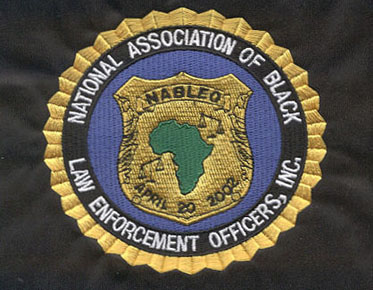Digitized Embroidery Patches: A Guide for Beginners
Embroidery
has some common features in apparel, but there are significant differences.
Embroidery is an art and the modern world is letting people involve this art in
apparel as well. The world is getting digitized and the market is digitizing for embroidery patches. If
you have no idea about the embroidery step, producing and digitizing embroidery
patches, the process can be a bit difficult. People are also ordering Bulk embroidery
patches for their businesses. To be honest, your embroidery patches and daily
embroidery orders are not that much different and difficult.
For most
embroiderers, the initial hesitation or reluctance is simply because they have
never done similar work before. However, you have to start somewhere. Many
businesses started and bought embroidered patches and eventually made big
money. Embroidering patches is actually one of the most popular digitization
commands when you start this process. Due to its unique sharpness and boldness,
the patch will always be a favorite among embroidery lovers and customers.
In this
blog, we'll look at some standard embroidery and patch digitizing practices.
Since this article is written primarily for beginners, we will keep it concise
and clear without using complex industry jargon. Keep in mind that cheap
embroidered patches are also available online.
Here are
some of the best fabrics for embroidering patches. It is best to buy
embroidered patches in these fabrics. Acetate is the best material for machine
embroidery patches. It's a synthetic fiber used to make everything from
lightweight linings to beautiful evening gowns. Acetate has the unique quality
of lightweight and durable, making it ideal for making patches. It's sturdy,
but not too stiff or inflexible. Acetate will help you create stickers that can
withstand the rigors of reuse without warping over time. You can obtain acetate
embroidered patches online.
Silk is a
luxury fabric that can give your patch an expensive yet premium look. Silk has
a beautiful sheen that makes your patch look as if it has been reinforced and
embroidered with real gems. The material is also a very soft material, which
means it is comfortable for the user, but durable and easy to sew. Real silk is
easy to use and can be woven into striking patches for an attractive look.
Cotton is
another good material for machine embroidery patches. It is a popular fabric
choice because it is comfortable, durable and widely available. One of the
unique properties of cotton is that it is naturally mildew resistant, which
means your patches won't grow moldy over time. Not only is it an excellent
fabric for machine embroidering patches, but cotton is also ideal for sewing.
It is easy to sew and can make high quality quilted items. You can easily
obtain bulk embroidery patches using this fabric.
The best
patch embroidery machines The following are some of the best patch embroidery
machines.
-
SE600SE600 has additional built-in features to simplify the design process. The
machine allows you to choose from 80 inspirational embroidery patterns. You can
also import projects through USB ports.
-- Brother
LB5000M (Marvel) Brother Sewing and Embroidery Machine is a must-have for
Marvel lovers. Tailors and their customers will be pleased with this extremely
quiet and powerful sewing machine.
What do
you need to know about raw materials?
-- Size
design or digital embroidery patch is the second thing; First, you should order
simple patches to design the base. They are available in a variety of shapes
and sizes. Round, square, oval, sometimes using custom shapes. As for size,
there's a whole range. Starting at 1 inch, finding sticker sizes is a
no-brainer.
We know
nude patches are easy to find, but your choices should never be random. The
decision should be driven by the choice of the audience and the limitations of
the embroidery machine. Very large or very small size can be a limitation,
depending on the machine you are using.
Once
you've finished shape and size, immediately think about color. You can choose
fabric colors and be careful, or get creative and try other colors. The back of
the sticker is slippery or heat sensitive. Again, the choice is yours, but here
we recommend buying the simpler one.
-- Why is
it easier? The reason is not that the heat-sensitive ones are completely zone
zero, but that they are relatively difficult to sew. In addition, its
application requires a hot press to generate the appropriate heat and pressure.
Whether you're a beginner or a worse beginner, using a heat-sensitive back end
means creating unnecessary complexity in something that's still fairly new to
you. How can that be a good decision? Avoid getting yourself into unnecessary
trouble. Logo embroidered patches are also available on the market. These are a
few things you should know about raw materials. You can also order custom
embroidered patches online.


